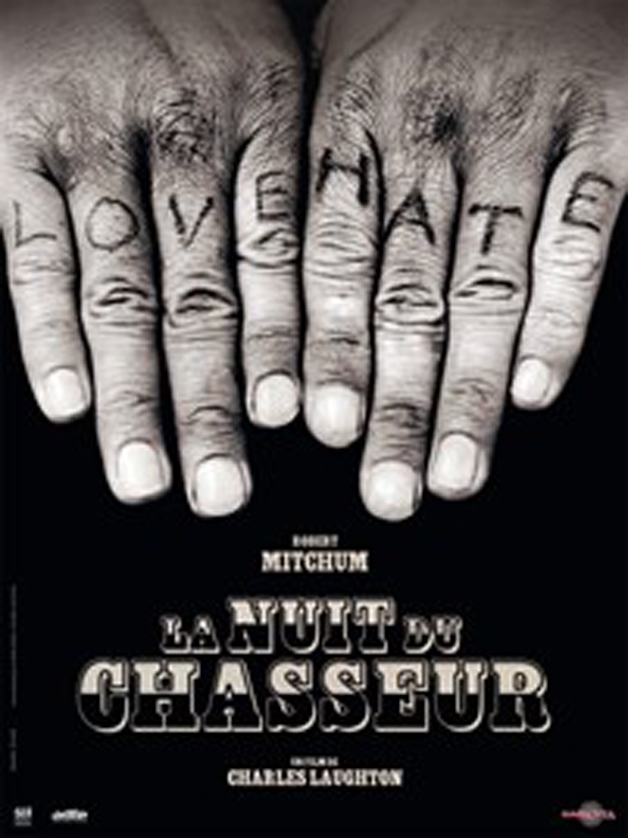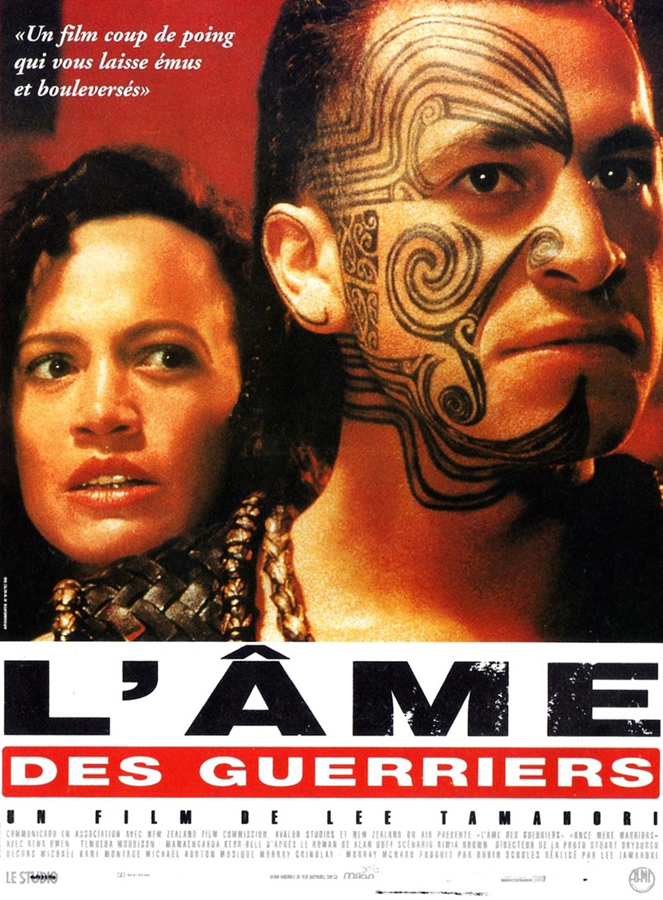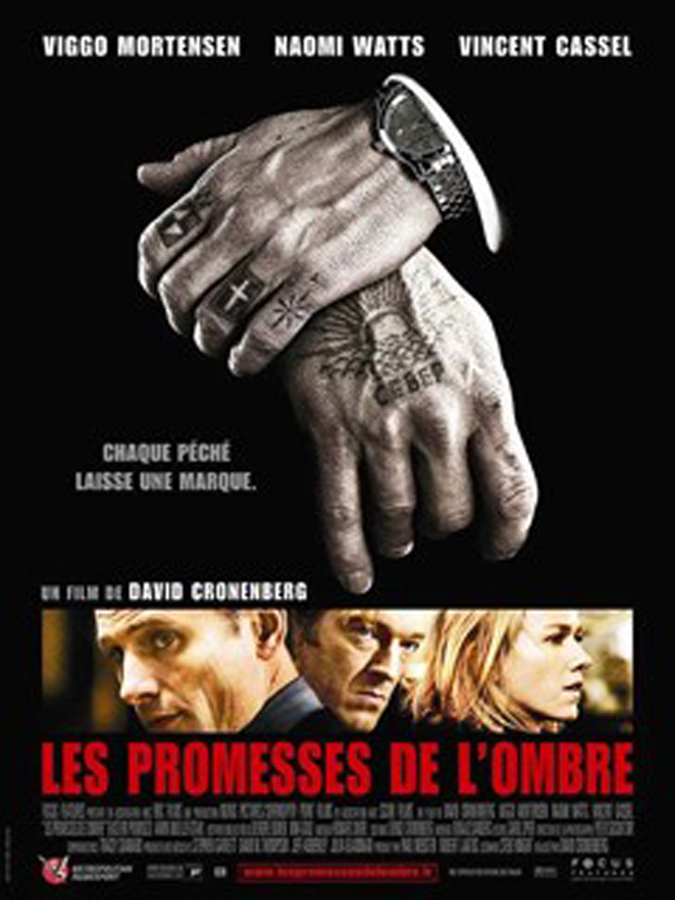ISSN electrónico: 1585-5210
DOI: https://doi.org/10.14201/rmc.28719
TATTOOS IN CINEMA: AN OVERVIEW
Los tatuajes en el cine: una visión general rápida
1Department of Dermatology, Allergology and Venereology, Helsinki University Hospital and University of Helsinki (Finland). 2Société Française des Sciences Humaines sur la Peau (SFSHP), Paris (France).
E-mail: nicolas.kluger@hus.fi
Received: 24 March 2022
Accepted: 14 April 2022
Abstract
In cinema, many visual characteristics of the characters serve as «unspoken» elements that allow the audience to attribute (rightly or wrongly) these characteristics without the need to use superfluous verbal information: clothes, hairstyles, scars, prostheses, physical defects, etc. Tattoos are obviously part of this visual panel. Tattoos may be the central theme of the movie, allow to give one or more attribute to the character, have a real function in the movie or simply has an aesthetic role of beautification. The prevalence of actors and actress with tattoos is unknown. However, some actors may display their tattoos for the purpose of the movie.
Keywords: cinema; tattoo.
Resumen
En el cine, muchas características visuales de los personajes sirven como elementos «tácitos» que permiten al público atribuir (con razón o sin ella) estas características sin necesidad de utilizar información verbal superflua: ropa, peinados, cicatrices, prótesis, defectos físicos, etc. Los tatuajes forman parte, obviamente, de este panel visual. Los tatuajes pueden ser el tema central de la película, permiten dar uno o más atributos al personaje, tienen una función real en la película o simplemente tienen un papel estético de embellecimiento. Se desconoce la prevalencia de actores y actrices con tatuajes. Sin embargo, algunos actores pueden mostrar sus tatuajes con el propósito de la película.
Palabras clave: Cinema; tatuaje.
In cinema, many visual characteristics of the characters serve as «unspoken» elements that allow the audience to attribute (rightly or wrongly) these characteristics without the need to use superfluous verbal information: clothes, hairstyles, scars, prostheses, physical defects, etc. Tattoos are obviously part of this visual panel. The author proposes here an overview of the subject and does not pretend to review exhaustively all the films in which tattoos appear. The selection of films is based on the author’s preferences and is therefore biased and imperfect. The following article is based on a congress presentation during the forum «Le Cinéma dans la peau» that has been organized by la Société Francaise des Sciences Humaines sur la Peau (SFSHP) with Dr Bruno Halioua during the national French congress of Dermatologie (Journées Dermatologiques de Paris) on December 2014.
What tattoos are for in movies?
We considered four functions, which are mutually non-exclusive.
Tattoos as the central theme of the film
Tattoos or tattooing have been the central topic of some films. These include: Le Tatoué (1968) by Denys de La Patellière, in which Legrain (played by Jean Gabin) has an authentic tattoo done by Modigliani. The Illustrated Man (1969) by Jack Smight, is a sci-fi/fantasy movie based on Ray Bradbury’s short stories (The Illustrated Man, 1951). A man (Rod Steiger) has been tattooed all over his body by an old woman who claimed to control time. Each image, as it comes to life, tells a different story, predictive of what is to come. Let us salute the performance of the team of make-up artists at the time, as it took them 10 hours a day to paint the tattoos on the trunk and a full day for the arms and legs. A video on this subject is available on Youtube1. Irezumi – Spirit of Tattoo (1982) by Yoichi Takabayashi, describes the passionate love story between a man and a woman, Fujieda and Akane (Photo 1). Fujieda is fascinated by the exceptional grain of her skin and believes that his love will be increased tenfold by the sight of this skin skilfully tattooed by a master in the field. Akane agrees to submit to the expert hands of a tattoo artist... In Tattoo (1981) by Bob Brooks, tattoo artist Karl Kinsky is obsessed with a model, Maddy (Maud Adams). He decides that Maddy should carry his mark forever. Note the similar theme of these two films a year apart. There are also several horror films in which tattoos are the central theme (Tattoo (2002) by Robert Schwentke, The Tattooist (2007) by Peter Burger).

Photo 1. Irezumi – Spirit of Tattoo (1982) by Yoichi Takabayashi
Tattoos as a characteristic of the character
This is probably the most frequent function in the film industry. Tattoos suggest one attribute or several attributes to the character: they may identify the character, a physical attribute, a personality trait, give clues to the character’s social origin, membership of a group, or simply allow the viewer to quickly classify the character as a «good guy» or a «bad guy». The Love/Hate tattoos on Robert Mitchum’s hands in The Night of the Hunter (1955) by Charles Laughton, can only inspire awe or fear (Photo 2).

Photo 2. The Night of the Hunter (1955) by Charles Laughton
In a completely different context, The Blues brothers (1980) by John Landis, Jake and Elwood, have tattooed their own first names on their fingers. In Irezumi (1966) by Yasuzō Masumura, Otsuya is sold to a geisha house. A tattoo artist draws a large spider on her back, which augurs her new vengeful personality (Photo 3).

Photo 3. Irezumi (1966) by Yasuzō Masumura
Tattoos can convey an impression of strength or virility, especially if the tattoos are associated with a marked musculature. In the period from the late 1990s to the early 2000s, the cinema took up black, extensive, ‘tribal’ tattoos for this purpose. We think of George Clooney as a bank robber on the run in From Dusk Till Dawn (1996) by Robert Rodriguez, Matthew McConaughey as a former military man, a dragon hunter with suicidal tendencies in Reign of Fire (2002) by Rob S. Bowman, Vin Diesel as a secret agent who loves extreme sports in xXx (2002) by Rob Cohen, or more recently David Bautista, as a superhero in Guardians of the Galaxy (2014) by James Gunn. Tattoos can mark membership of a group, whether it is an ethno-cultural group such as the Maori tattoos in Once were Warriors (1994) by Lee Tamahori (Photo 4), membership of a faction (Divergent triology, (2014-2016) by Neil Burger), a military corps (The Expendables (2010) by Sylvester Stallone), far-right/neo-Nazi groups (Russell Crowe in Romper Stomper (1992) by Geoffrey Wright; Edward Norton in American History X (1998) by Tony Kaye).

Photo 4. Once were Warriors (1994) by Lee Tamahori
In the Eastern Promises (2007) by David Cronenberg, the tattoos of Russian mafia henchman Nikolai Luzhin (Viggo Mortensen) are a faithful reproduction of Russian and Soviet prison tattoos (Photo 5). For those who can decipher them (i.e. prisoners, guards and criminals), they are a real identity card describing the prisoner’s past, crimes and status2.

Photo 5. Eastern Promises (2007) by David Cronenberg
Some tattoos may be related to a significant past event that serves as a plot device in the film. For example, in the opening sequence of Cape Fear (1991) by Martin Scorcese, the first shot focuses on the tattooed back of Max Cady (Robert de Niro). The shot reveals, through the bars of a cell, a large tattoo: a wooden cross, a simulacrum of a scale, with the words «Truth» and «Justice» balanced on either side. The tattoo is a harbinger of Max Cady’s state of mind, as he sees his lawyer (played by Nick Nolte) as responsible for his prison sentence and awaits his release to exact revenge for what he considers an injustice. In Snatch (2000) by Guy Ritchie, Mickey O’Neil (Brad Pitt) is a gypsy boxer who displays many amateur and some prison tattoos. They are a reminder of his proletarian low-class background.
The tattoo with a real function in the film
In rarer cases, tattoos have a truly ‘pragmatic’ function. Apart from the Illustrated Man mentioned above, we can mention Christopher Nolan’s Memento (2005) in which the hero, Leonard Shelby (Guy Pierce), suffers from anterograde amnesia and is obliged to tattoo his skin with the clues and information he gathers in order to advance his investigation (Photo 6).

Photo 6. Memento (2000) by Christopher Nolan
The function may only appear to the spectator for only a few brief moment of time. We can cite the tattoo of the white rabbit that Neo (Keanu Reeves) must follow to begin his adventure in the Matrix (1999) by Lana Wachowski and Lilly Wachowski, the mystical-magical tattoos of John Constantine (Keanu Reeves) in Constantine (2005) by Francis Lawrence, the barcode tattoo of agent 47 (Timothy Oliphant) in Hitman (2007) by Xavier Gens. Tattoos can also be found in comedies, where they are used as a support for character comedy: Dude, Where’s my car? (2000) by Danny Leiner, The Hangover Part II (2011) by Todd Philips, We’re the Millers (2013) by Rawson Marshall Thurber.
Tattooing as an aesthetic function
One of the main reasons why people get tattoos is to beautify their bodies3. Tattoos can therefore only have this function in a film or this function can be added to the previous ones. Octopussy (Maud Adams) in the eponymous film of the James Bond franchise (Octopussy (1983) by John Glen, has a tattoo of a blue-ringed octopus. It is also the symbol of a secret order of female smugglers.
Tattooed actors and actresses
The prevalence of tattoos among actors and actresses is not known. It is easy to cover tattoos with clothes or make-up for the purpose of filming. However, in some cases, own actors’ tattoos are used during filming. Among men, we can mention the American actor Danny Trejo or the Frenchman Nicolas Duvauchelle. Among actresses, Angelina Jolie’s tattoos are world famous. Asia Argento is another example.
All in all, tattoos are a very useful distinguishing feature in film productions. They have been around since the 1950s and their frequency in films follows the popularity of tattoos in real life. They help to shape the personality of characters, provide a distinctive character and give a number of non-verbal clues to those who pay attention.
References
1. Tattooed steiger featurette (1968).
2. Baldaev D. Russian criminal tattoo. Encyclopaedia volume I. London: FUEL publishing; 2009.
3. Kluger N, Seité S, Taieb C. The prevalence of tattooing and motivations in five major countries over the world. J Eur Acad Dermatol Venereol. 2019;33(12):e484-e486.
